Portuguese Pastries and sweets: 13 most popular delicacies

Are you a fan of pastries and desserts? If so, you’re in for a treat because Portugal is bound to become one of your favorite destinations.
Firstly, let’s talk about how highly valued gastronomy is in this country, and desserts are no exception. Bakeries and pastry shops are on every corner, offering a wide variety of sweet delights.
From the famous pastéis de nata to the secrets of convents and the most authentic regional creations, we’ll introduce you to a world of flavors that will make your mouth water.
The 13 Most Irresistible Portuguese Pastries and Desserts
Baba de Camelo
Starting with a peculiar and quite amusing name (“Baba de Camelo” literally means “camel drool”), this Portuguese dessert is known for its creamy texture and delicious caramel flavor. Made with condensed milk and whipped cream, this sweet treat requires no baking and is easy to prepare. The taste is very similar to “Dulce de Leche” or “Manjar” as we say in Chile.
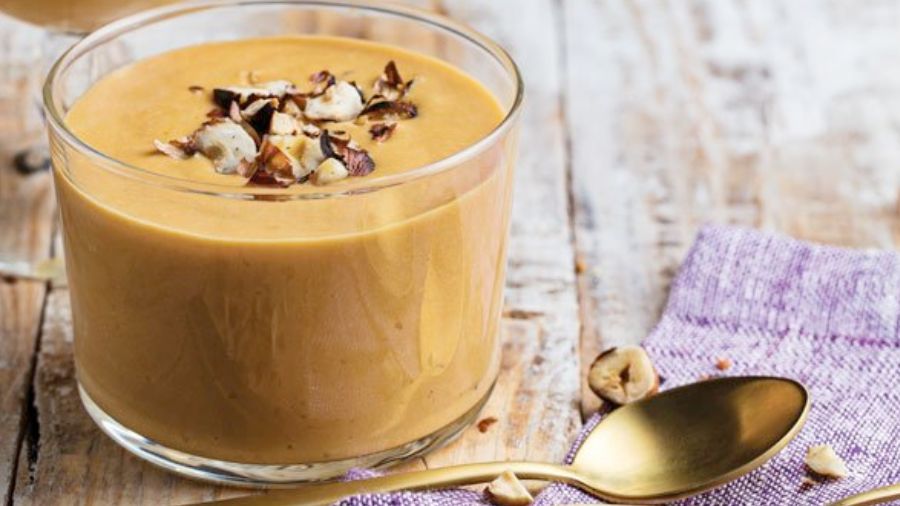
Pão de Deus
Next up is Pão de Deus, which translates to “Bread of God,” reflecting its divine deliciousness. This moist bun, similar to brioche, is perfectly portioned and topped with a crunchy coconut layer that makes it an irresistible portuguese pastry. Available in most pastry shops, it’s the ideal companion for a good cup of coffee.
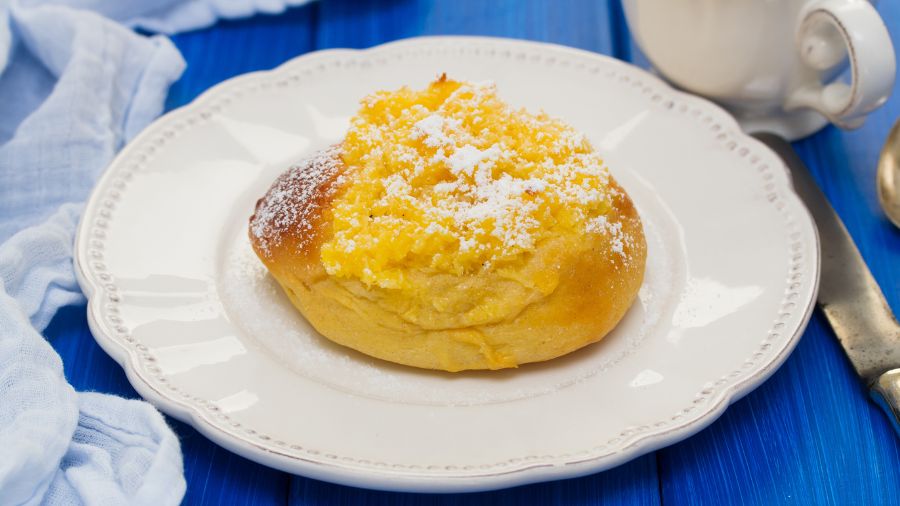
Arroz Doce (Rice Pudding)
Moving on, Arroz Doce, also known as rice pudding, is a widely recognized dessert with various versions around the world. In Portugal, this sweet treat is a staple at family gatherings, celebrations, and special occasions. The combination of rice, milk, sugar, and cinnamon forms the base of this exquisite dish, with each family adding their own twist, such as vanilla, lemon zest, or even egg to thicken the mixture. Once cooked, it’s decorated with cinnamon motifs.
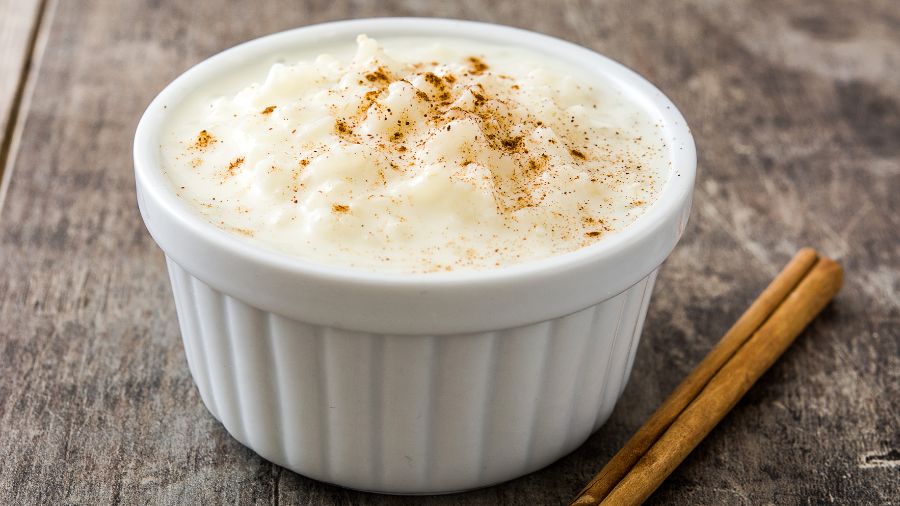
Pastéis de Nata / Pastéis de Belém
Now, let’s discuss one of the most famous Portuguese desserts, the Pastel de Nata or Pastel de Belém. This delicacy consists of a flaky, crispy crust enveloping a creamy custard filling. It’s a true culinary icon of Portugal and a must-try for anyone exploring its food. Although the famous shop and factory in Lisbon still guard the secret recipe of these little custard tarts, you can find them in virtually every bakery, supermarket, and pastry shop. In fact, they even come in variations with different fillings like blueberries and chocolate. The “Pastéis de Nata” are absolutely our favorites.
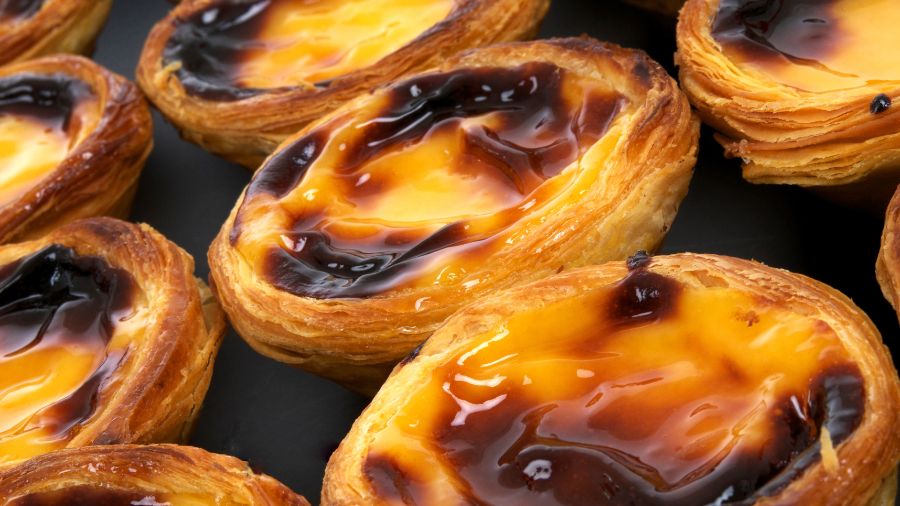
Leite Creme
Leite Creme, or “milk cream,” is a Portuguese version of crème brûlée, made on the stovetop instead of in the oven. This variant of the classic French dessert consists of a sweetened egg custard, adorned with cinnamon or a caramelized sugar layer. It’s a common sight in most restaurants.
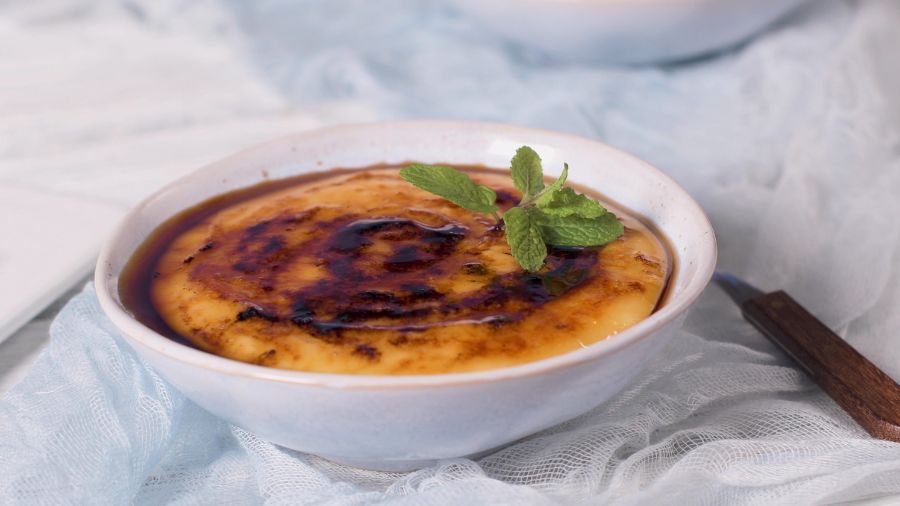
Pudim de Ovos (Egg Flan)
Pudim de Ovos, or egg flan, has versions around the world, but Portugal has its own creamy, smooth, and delicious take. This classic dessert is found on most restaurant menus and family tables during gatherings. It’s topped with a thick caramel sauce.
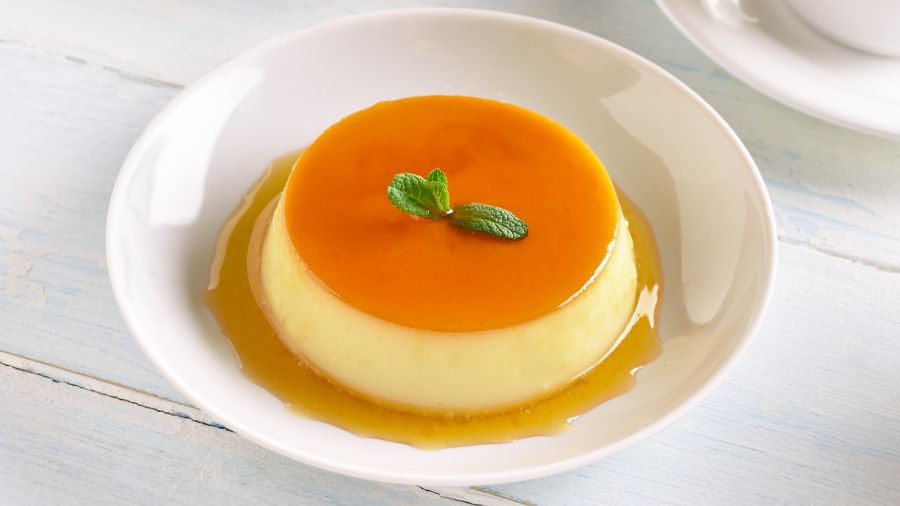
Aletria
Aletria is a traditional dessert served on many Portuguese Christmas tables, though it’s enjoyed year-round. Made with noodles, milk, sugar, egg yolks, cinnamon, and lemon or orange zest, it’s decorated with cinnamon patterns.
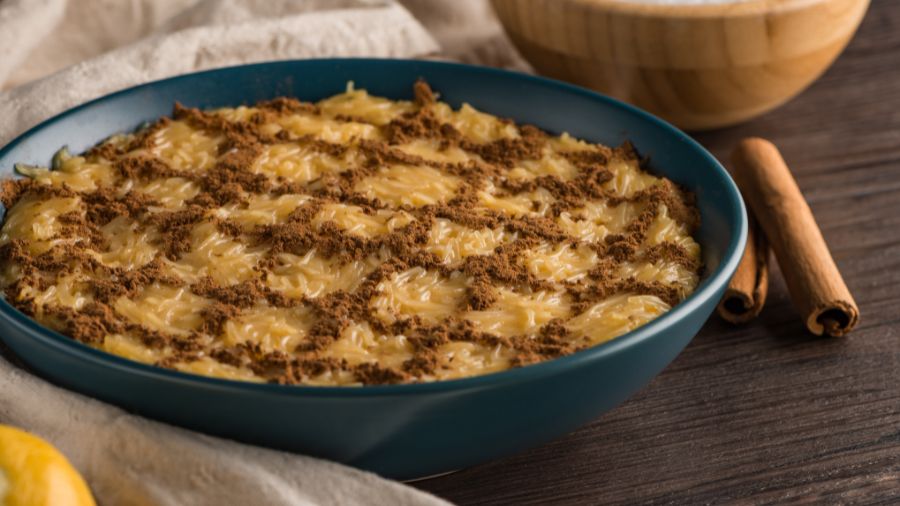
Queijada de Sintra
Queijada de Sintra is a charming, traditional Portuguese pastry from the picturesque town of Sintra. This round tart has a flaky crust encasing a smooth, creamy filling made primarily of fresh cheese, sugar, eggs, and cinnamon. Its delicate texture and flavor, combining sweet notes with subtle hints of cheese and cinnamon, make it a true delight for Portuguese dessert lovers and a must-try in Sintra.
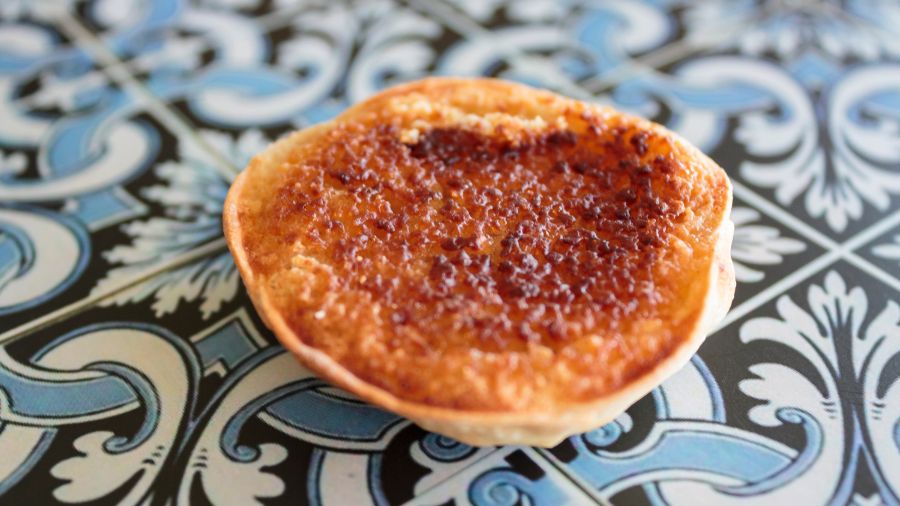
Bola de Berlim
These fried pastries, similar in texture and taste to donuts, can be enjoyed plain, dusted with sugar, or filled with the same egg cream found in many Portuguese desserts. Nowadays, you can also find alternative versions, such as Bola de Berlim filled with chocolate or almond cream.
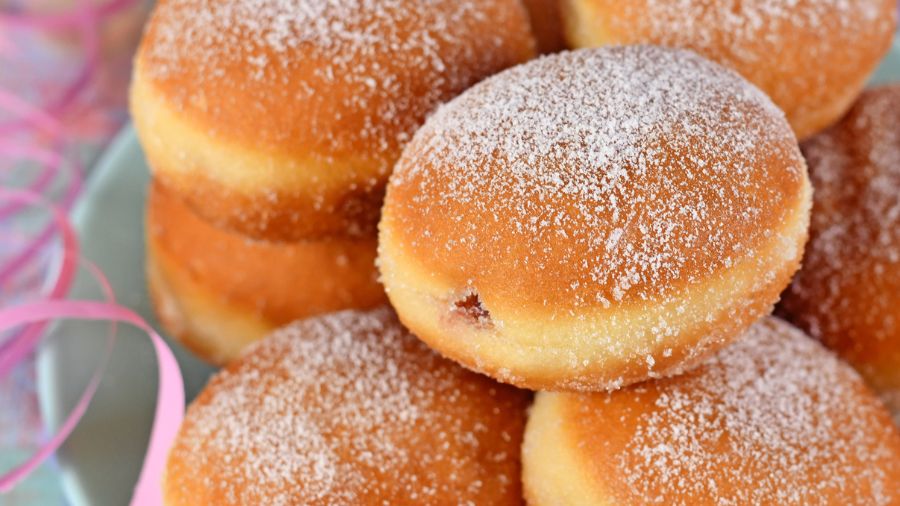
Rabanadas
Rabanadas are another must-have during Portuguese Christmas. Similar to French toast, thick slices of bread are soaked in milk with sugar or sometimes wine, then dipped in egg and fried in sunflower oil. Once golden, these sweet toasts are sprinkled with sugar and cinnamon or even drizzled with syrup.
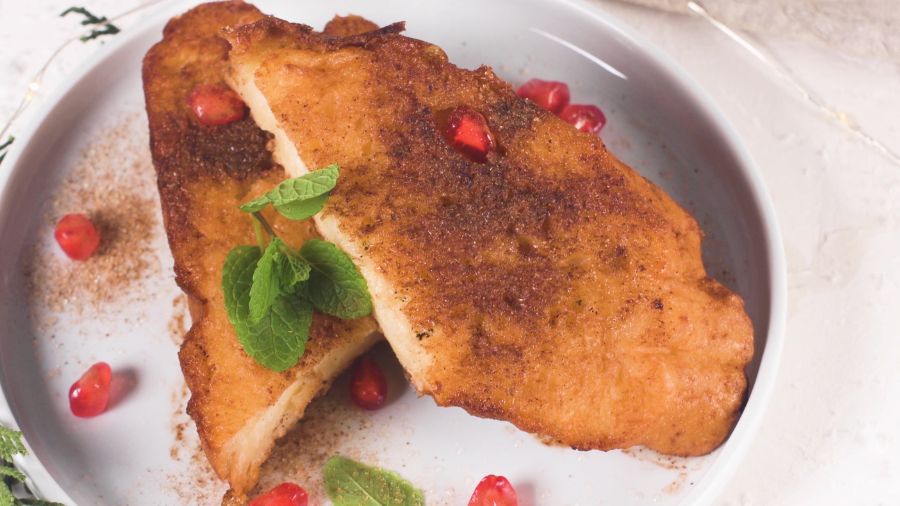
Toucinho do Céu
Speaking of heavenly delights, Toucinho do Céu, which literally translates to “bacon from heaven,” is an exquisite almond cake made with lard, hence the reference to bacon in its name. Created by the nuns of the Convent of Santa Clara in the north of the country, this dessert is among the most popular Portuguese sweets. Despite its name, it’s incredibly rich and delicious!
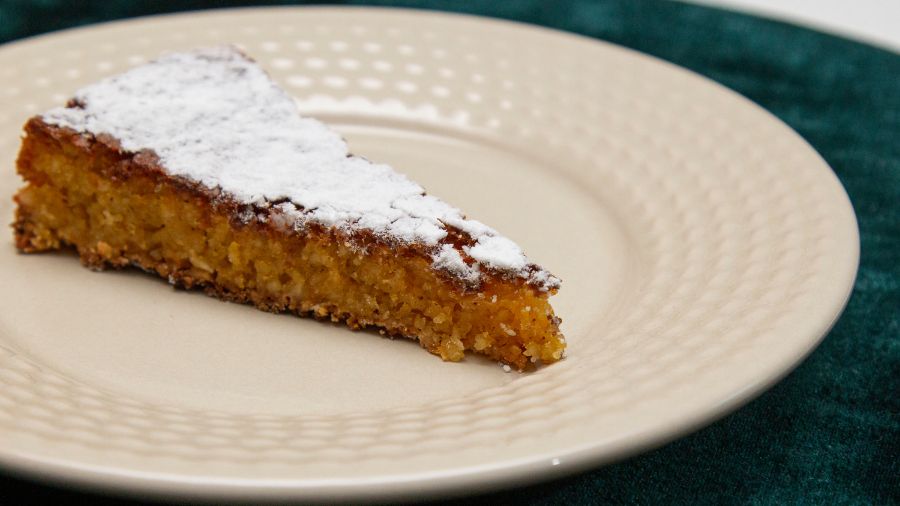
Natas do Céu
Natas do Céu, or “cream from heaven,” consists of layers that live up to its celestial name. On top is a delicious thick egg cream, followed by a mixture of whipped cream, egg whites, and sugar, and at the base, a crunchy crumb made from crushed Maria cookies. Each bite offers a spoonful of happiness, combining textures and flavors for a truly heavenly experience.

Bolo de Bolacha
Lastly, the classic Maria cookies star in another renowned Portuguese dessert, Bolo de Bolacha. This cake-like delight has various recipes across the country, with each cook adding their personal touch, such as cream or condensed milk. The traditional version consists of cookies soaked in strong black coffee, layered alternately with a creamy mixture of butter, sugar, and more coffee.
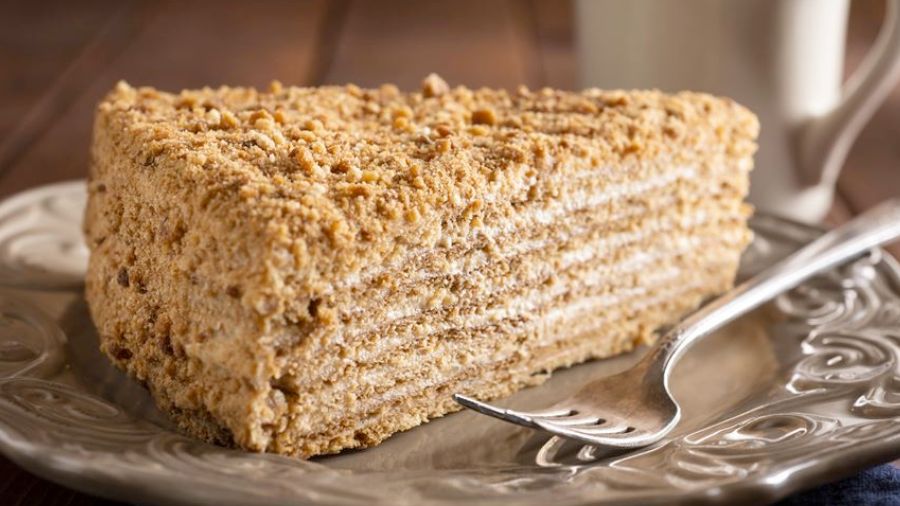
Of course, there are many more typical Portuguese desserts and pastries we have yet to try. So far, our favorite by far is the Pastel de Nata—once you have one, you can’t stop!
